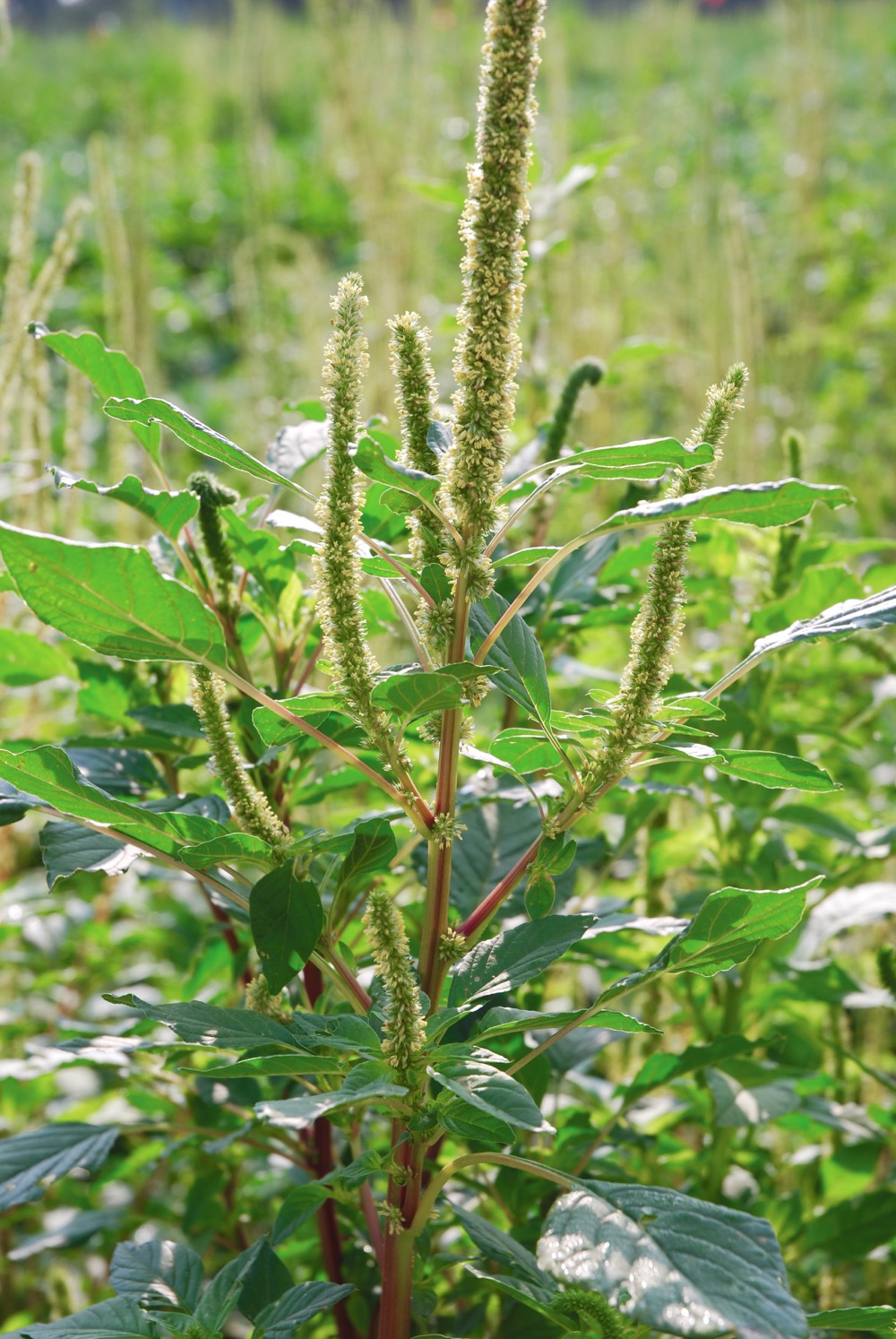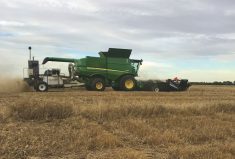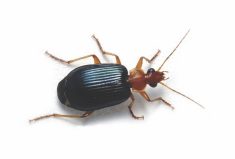Count off the many challenges facing a farmer in any growing season and outside of weather conditions, the biggest impediment has to be weed management, particularly as it relates to herbicide tolerance. In spite of the importance of varietal or hybrid selection and fertility, and the potential for yield losses from insect pests and diseases, weed management remains the most perennial of issues for growers.
By contrast, diseases require the right pathogen, the right host and the right environment to flourish, and insect outbreaks also require “the right conditions.” But weeds are an every-year occurrence, made that much more daunting by the increasing reality of herbicide tolerance.
Read Also

Sensing the soil: Root cell research finds ‘stress hormone’
Research into how root cells react to soil stressors could help plants better adapt to changes in their climate.
At the 2018 London Farm Show, Charlie Zila, a research scientist with Corteva Agriscience, agriculture division of DowDuPont, made a presentation in which he highlighted some of the company’s technology targets for the years to come. Among some of the directions available to breeders, he mentioned the ongoing need to combat herbicide-tolerant weed species, including Canada fleabane, common waterhemp and Palmer amaranth.
Understanding that there is very little that can be done in a quick three- or five-year window in research and breeding, Zila combines a short- and a longer-term view on the subject of weed management in his assessment. From a short-term perspective, he talks about maximizing performance by using existing varieties and hybrids, and by enhancing them with a more robust portfolio of biotech options. In the longer term, he turns his eyes to current efforts in research and breeding to bring new technologies and perhaps different modes of action to the fight.
“In the past, it was basically Roundup Ready that was the main tool in the toolbox,” says Zila, who’s based at Corteva’s Windfall, Indiana research centre. “But now we have Roundup Ready 2 Xtend in the market, and with the merger with Dow Agroscience, we have access to Enlist technology. There are some growers who are still interested in using LibertyLink and then, of course, there are still conventional chemistries that work for some.”
In the past five years, growers in the U.S. Midwest and Corn Belt have had to adjust their tank-mix blends and reliance on biotech traits in the face of increasing resistance. In some regions of Illinois, Iowa and Missouri, biotypes of common waterhemp are now resistant to Group 2 (ALS inhibitors), Group 14 (PPO inhibitors), Group 9 (glyphosate), Group 5 (triazines) and Group 27 (HPPD inhibitors) herbicides. There are also documented cases of Group 4 (2,4-D) resistance in waterhemp found in Nebraska and Missouri.
The problem isn’t going to go away on its own.
The search continues
The other smaller measure that can be employed is to take advantage of some of the native traits that researchers have available in a non-biotech or conventional breeding approach. A specific example of this can be found in variations for tolerance to some common pre-emerge chemistries.
“There was a trap during the past two decades where you didn’t put down a pre-plant and then relied on Roundup PowerMax over the top — clearly that won’t work anymore,” adds Zila. “When we look at PPO chemistries, which are common pre-plant options in the U.S., we know that some products are a little more tolerant than others. Exploiting some of that information is something else we can use as plant breeders.”

What it all comes down to — again, in the short-term — is relying on diversity: varying the environment by not using the same chemistries, the same biotech events or even the same varieties or hybrids for any length of time. It’s one reason why, with the advent of the LibertyLink system, weed scientists advocated rotation of Roundup Ready varieties and hybrids with those containing the LibertyLink trait. The purpose wasn’t solely to boost yields, it was to keep weed species “confused,” thereby reducing their ability to select for resistance.
Now with the launch of both Roundup Xtend and Enlist technologies, growers have additional tools in the toolbox to combat herbicide resistance, at least in the immediate future. From there, Zila sees more opportunities using up-and-coming technologies to create resilient varieties and hybrids with an even greater capacity to avoid selection for resistance.
Just as rotating chemistries and technologies can help diversify that approach, Zila says using conventional breeding techniques, transgenic means and, further into the future, perhaps genetic editing will produce even more solutions.
Although CRISPR (Clustered Regularly Interspaced Short Palindromic Repeats) technology or RNAi (ribonucleic acid interruption) are strong possibilities too, these technologies are still in their early stages.
Corn or soybeans?
Asked if these methods favour corn more than soybeans, Zila sees no great difference. It’s the combination of conventional breeding, traditional biotech traits and then using other options at their disposal that will define their success, he says, not whether the developments are geared more to corn than soybeans.
The same is true with weed species. Although there are weed species that are specific to different regions, it’s not as though researchers and plant breeders can afford to focus only on those species or those regions. Palmer amaranth may be the weed that is spreading the fastest northward, but for Zila, giant ragweed can be added to his list of problem weeds for corn growers in the U.S. Corn Belt.
“Just to say they are the problems today doesn’t mean those same few are going to be only the problems we’ll have five years from now — there may be species out there that we don’t know about,” he says.
It’s not a question of “if” there’s going to be a problem, but “when.” The lesson learned from Roundup Ready technology during the last 20 years is that breeders and researchers want to make sure the new portfolio of traits — be it Xtend or Enlist or Liberty or something completely revolutionary — has durability.
“We don’t want resistance in the weeds and we don’t want to be looking for even more modes of action five years from now,” cautions Zila. He notes that as the Enlist trait becomes more widely available — with glyphosate + glufosinate + 2,4-D-tolerance, there’ll be more opportunities for greater diversity in herbicide modes of action. “There’s still some breeding work to do with that system but in the next few years, Enlist will be a larger player than it is right now, and having three solid modes of action in one soybean is going to be a pretty exciting thing.”
















